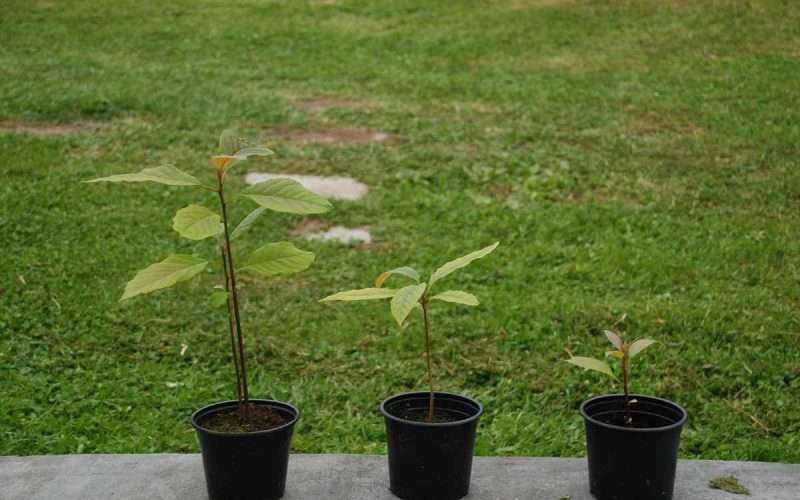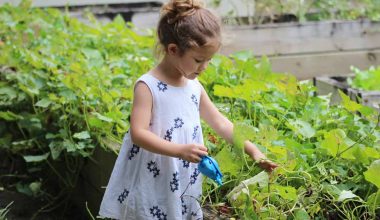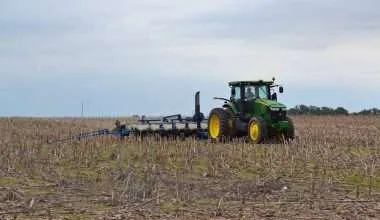Table of Contents Show
Avocado trees are long-lived plants that provide benefits other than their fruit, the avocado.
If you are considering planting a tree, an avocado tree may be at the top of your list; but, how long does it take to develop an avocado tree?
What type of commitment are you actually getting into?
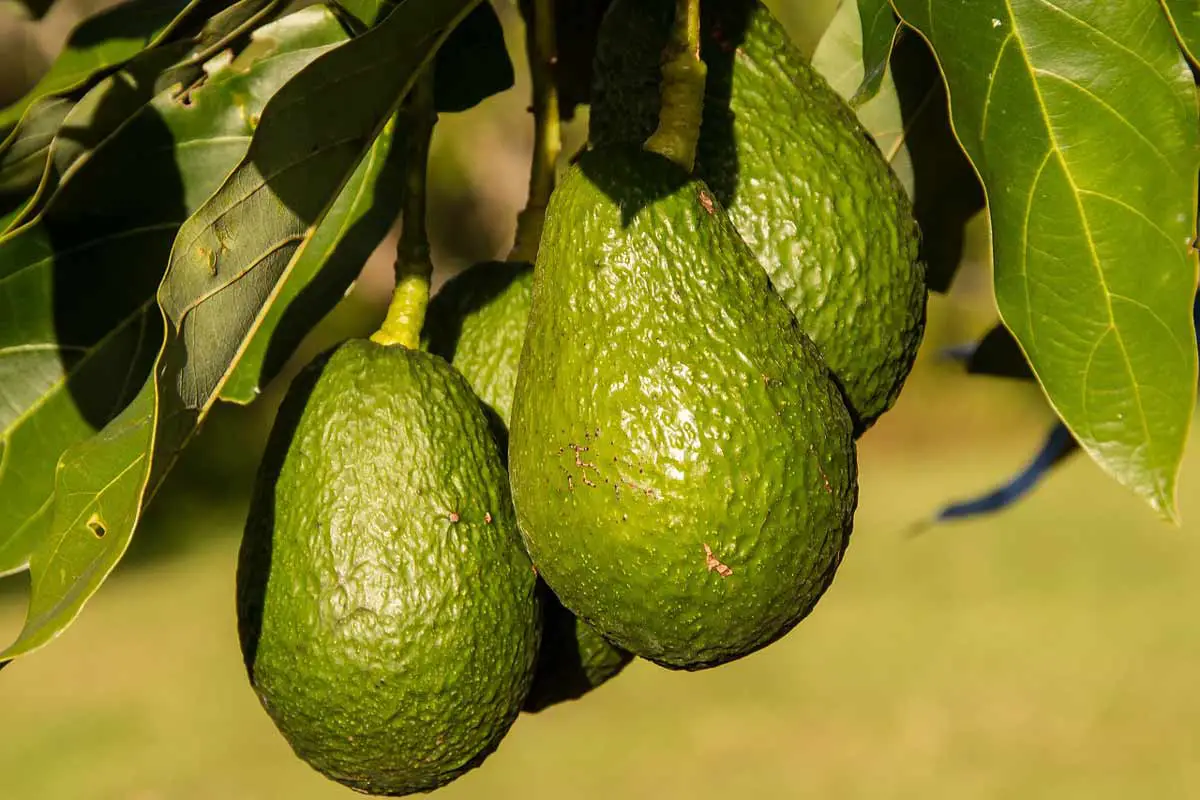
Avocado trees that are planted as seedlings need 3 to 4 years to bear fruit. Growing an avocado tree from an avocado seed might take up to 13 years.
Healthy avocado trees may grow 3 feet each year on average until they reach a height of roughly 40 feet.
In today’s article, we discuss in great detail exactly what you need to do to grow your own avocados.
Along with the step by step instructions on growing avocado plants, we will also discuss certain tips and tricks to help your tree grow optimally.
Though it is important to note that even with optimal conditions it is unlikely that a newly planted tree will bear fruit any time soon.
Selecting the Type of Avocado Plant
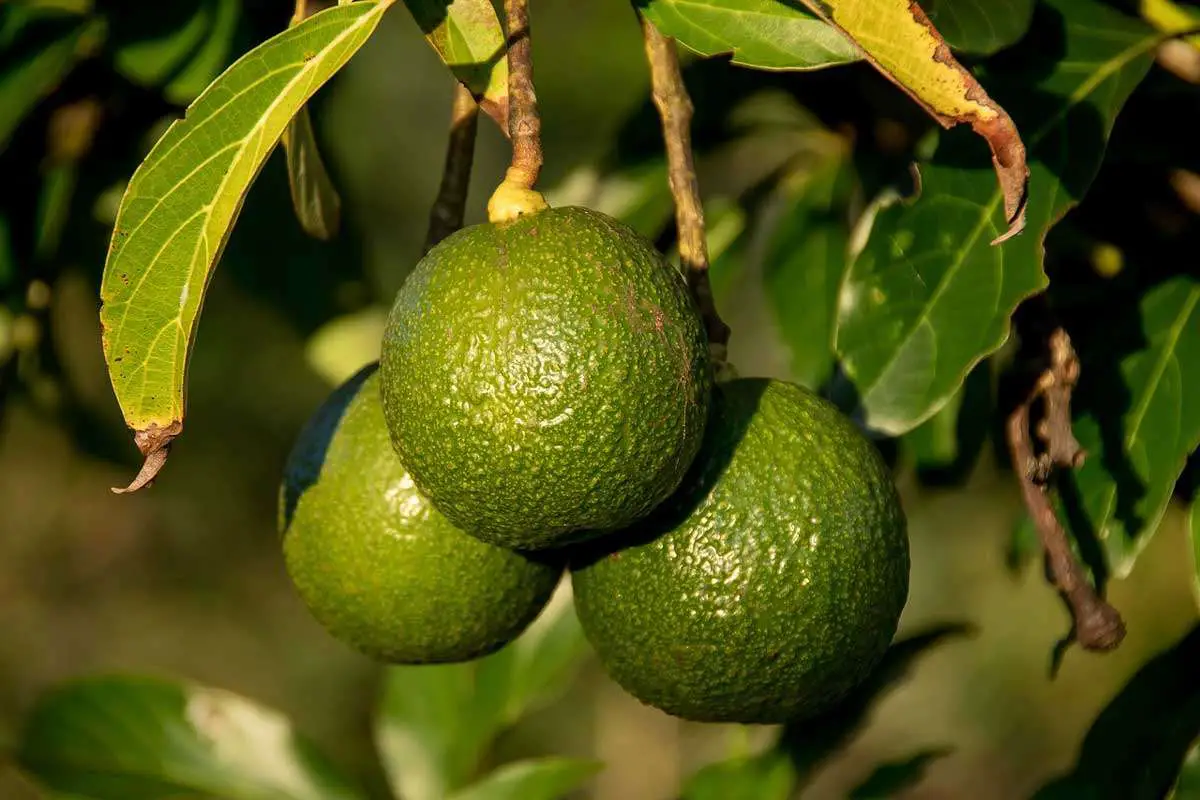
Before actually settling on a timeline to expect your tree to produce fruit, it is integral to decide which tree to plant, type A or type B? It may be surprising but the avocado species has about 500 different varieties. Based on environmental factors and soil conditions, certain types of avocados may be more suited for your needs.
Even though the sheer number of avocado plants is immense, there are just a handful of varieties that are farmed. We will look at the most popular ones since these are the easiest to grow in a variety of conditions.
Hass
Hass avocado is the most common and can be purchased in most supermarket shops. The rough, pebbly skin that becomes black as it ripens will be familiar to you.
When you cut open a Hass avocado, you’ll discover the familiar green, creamy flesh of the tropical fruit.
Fuerte
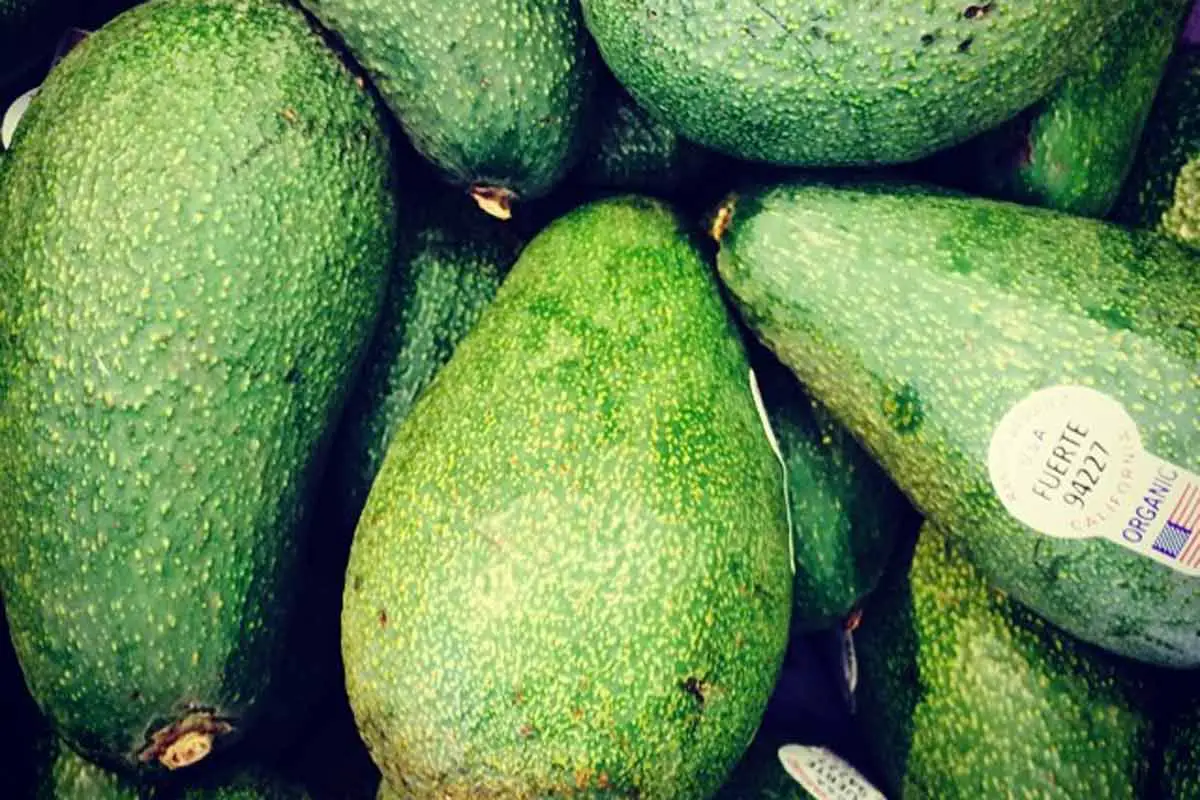
While Hass is now winning the popular vote in the avocado world, it wasn’t always this way.
Because of its smoother skin, creamy golden flesh, and pear form, the Fuerte avocado was once considered the gold standard avocado.
When you bite into a Fuerte avocado, you may notice a nutty, oily flavor similar to hazelnut.
Pinkerton
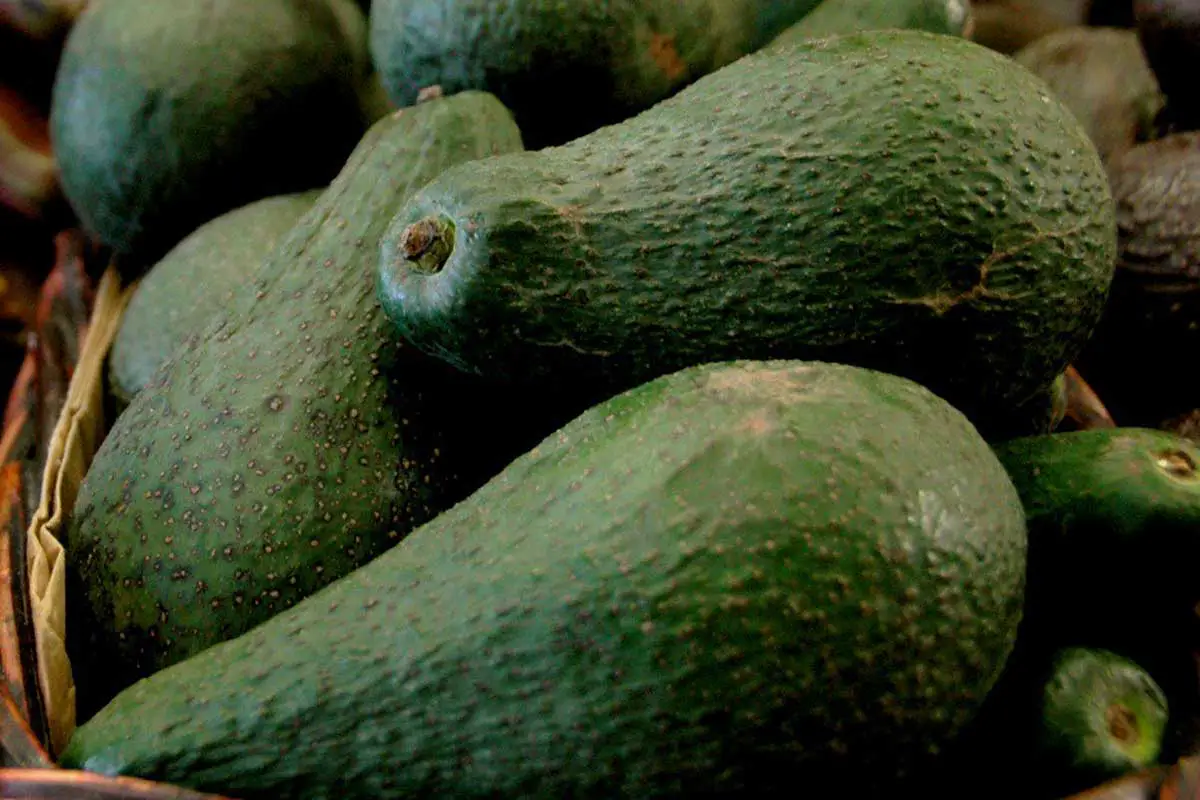
The Pinkerton avocado cultivar has the ability to grow extremely huge or little depending on the harvest. You may pick an 18-ounce avocado from your tree one year and a little eight-ounce fruit the following.
Even though the Pinkerton variety varies in size, it still has the same green creamy texture and nutty flavor.
Reed
The Reed avocado cultivar is very large, reaching a weight of one to two pounds on average.
This avocado varies from the others in that it has a yellow, shell-like skin that can be difficult to peel. The avocado has a distinct creamy flavor that is less greasy than other avocados.
Selecting a Variety of Avocados to Plant
Once you are done browsing through the various types of avocados it is important to shortlist the local varieties that grow in your area.
Generally Hass is the most common variety that can grow in the warmer parts of the United States, Mexico and the Southern regions.
While the Hass avocado is popular and has a familiar taste and texture, it can at times be fun to experiment with a rather rarer species.
For example, the Reed avocados can be quite a spectacle in any garden.
As long as the variety of avocados is suitable to grow in your local soil conditions, you may choose any variety you prefer.
Additionally you can also base your decision on the amount of time that it takes for a particular species to grow.
Choosing one of the faster growing varieties may be a better choice if you really want home grown avocados.
In this case Hass and Fuerte are usually the fastest growing varieties. Both plants take about 3 to 4 years to grow and produce fruit.
Deciding a Suitable Place To Plant Your Avocado Pit
Avocado trees require fairly humid settings since moisture is essential for their growth and health. The USDA hardiness zones in which they thrive are generally 8-11.
If you live in the United States and want to know where the ideal place is to grow avocado trees, or if your area is suited, consult the USDA Plant Hardiness Zone Map.
This map can easily be found online. It details the hardiness zones across the country. This is a simple method to determine if the environmental conditions in your selected area are suitable to grow the plant.
Avocado trees tend to be at the higher ends of the hardiness zones spectrum. This means that the plants generally require a warmer climate to grow.
Though once the plant has established a root system, it can withstand temperatures as low as 10 degrees, it is still better to plant the tree in a warmer area.
Just because the tree can survive at low temperatures does not mean it can thrive in the same conditions.
Growing Avocados: Pit vs Plant

Choosing whether to start with a pit or a plant is one of the first stages in developing an avocado tree. Although the two ways appear to be comparable, your choice will have a significant influence on your timeframe.
Starting from a pit can be a profitable method to reuse your store-bought avocado if you’re not worried with the amount of time it takes to establish an avocado tree. Not only will it help you decrease waste, but it’s also a simple and inexpensive method to start your own avocado seedling from scratch.
Keep in mind that producing fruit from a pit is quite difficult. Even if your tree produces avocados, this procedure can take 10 to 15 years to complete, so be sure you’re in it for the long haul.
Growing an avocado tree from a seed is a wonderful way to commemorate family milestones if you’re not in a hurry. It’s a wonderful way to commemorate the birth of a child or the purchase of a new house, and you can watch your tree grow with your new arrival.
If you want to shorten the time it takes to establish an avocado tree, you should start with a seedling. This procedure is not only quicker, but it also increases the likelihood that your tree will bear fruit. It just takes three to four years for your tree to begin producing avocados.
Often the preferred method for growing avocados is to get a sapling from a local plant nursery. Which is fairly easy if you live in a warm climate zone. Alternatively, you could just purchase a sapling online and save yourself the hassle.
How to Grow Your Own Avocado Pit (Step 1)
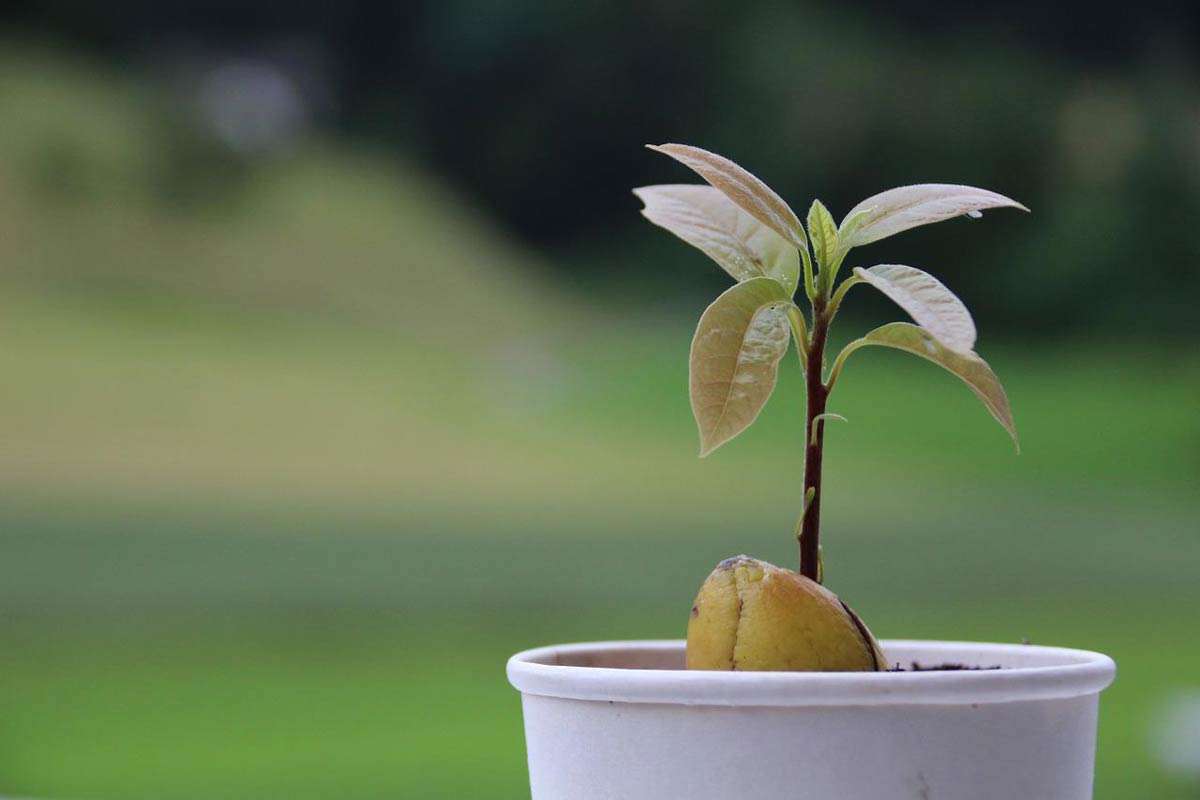
Here’s what you can expect in terms of time if you decide to play the long game and establish your own avocado tree from a pit.
Take the pit from your next flawless avocado from the grocery store for sprouting. Clean and wash the seed before actually using it. To sprout your own avocado pit you will need to hang the seed slightly submerged in water.
Ideally, it is recommended to hang the seed with three toothpicks that balance the seed above a glass of water. Check that the water barely covers an inch of the pit. Place the glass somewhere warm and out of direct sunshine.
In two to three weeks, you should notice roots developing. Don’t be dismayed if this time has gone and you still haven’t seen any movement on your pit. Sprouting might take anywhere from six to eight weeks. If you notice that roots aren’t developing after that period, discard the pit and start over.
At times it is fairly common for the pit to not sprout. This is why it is always a wise idea to gather a few pits of avocados from the store and try sprouting a few of them. Then you can always select the best ones for the next steps.
Planting Your Avocado Pit (Step 2)
Your avocado pit should be ready for planting around the 90-day mark. Though another useful rule of thumb for determining when to plant is to measure the length of the stem. If your avocado pit stem has more than six inches and has leaves, you’re ready to plant your sprouted pit.
Place your seed in a 10-inch-wide container, just deep enough to expose the pit. This allows the seed to acclimatize to its new growth environment.
Water your young sprout often, with a thorough soak every now and again. Cut the stem down to six inches when it reaches 12 inches in height to foster fresh growth.
Planting Your Avocado Pit in the Ground (Step 3)

If you’re beginning from a sprouted pit, your plant will be ready once it has a viable root ball. That is when the plant should be able to absorb water and nutrients from the soil on its own. From here on your plant can manage to grow in the ground.
The best time to actually plant your blossoming new avocado plant is between March and June. It doesn’t matter whether the plant is a sprouted pit or a sapling bought from a nursery, the early summer months are best for planting them. This is due to the fact that planting it any later might not give the plant enough time to establish itself. The roots need this time to establish a network underground.
In case you end up planting any later than June, the plant might not have enough warm months and may be vulnerable to climate fluctuations. This is especially true for sprouted pits as they are more vulnerable than the store bought saplings.
If you started with an avocado pit, the first year will be very difficult. Starting with a sapling can help you avoid the risky first year, so bear that in mind when deciding which option is best for you.
Tips to Increase the Growth Rate of your Avocado Plant
Now that we’ve addressed the issue of how long does it take to develop an avocado tree, let’s look at some advice for growing a robust and healthy tree.
While you can’t speed up the avocado growth process, there are a few things you can do to avoid delays. There are several aspects that contribute to the ideal avocado-growing climate.
1. Keeping the Pests Under Control
Pests and illnesses are guaranteed to stymie avocado plant growth, so keep an eye on this when developing your own tree.
Borers, caterpillars, and lace bugs all love avocado trees, so protect your crop from pests. Make use of a pesticide checklist.
2. Getting Through the Winter Months
A hard freeze might impede your plant’s growth. Since avocados are more of a warm climate tree, they are especially affected by the cold temperatures in the winter.
Fortunately, there are several preventative measures you may take while establishing an avocado tree to minimize frost damage.
One of the most basic techniques to protect your tree from the frost is also one of the easiest.
All you have to do is build a six-inch mound of earth at the base of your trees before the months become cooler. This will assist to protect the trunk against the approaching cold.
You may also cover your young trees with a blanket or tarp overnight to protect them from frost, then remove it in the morning.
If done correctly, the air beneath the cover should remain above freezing, preventing frost damage to the budding tree.
Essentially what needs to be done is to protect your tree from freezing. When the trunk of the tree begins to freeze, the metabolic processes going on inside the tree also come to halt.
This is why the tree is unable to grow and even dies at times during cold temperatures. Any preventive measure that prevents the tree’s trunk from freezing will work well enough.
3. Fertilizing Your Avocado Trees
Fertilizing your tree helps it stay healthy and even improves fruit production later on. Throughout the year, provide a nitrogen-rich fertilizer to your young tree.
One pound is a decent rule of thumb to follow for several applications.
If you’re not sure which fertilizer to use, look for citrus tree fertilizer. The same components will help avocado plants.
A fertilizer basically provides nutrients that are essential for plant growth. So in case the soil in your garden does not have enough of the essential nutrients, a fertilizer should do the trick. These nutrients are required by the plant to grow.
It is the same as eating the right types of protein rich foods to build muscle mass in humans.
4. Watering Your Avocado tree
Make sure to water often, two to three times per week is optimal at first. Avocado trees thrive on heavy irrigation, so much so that the soil retains your hand print.
Soak the soil well and allow it to dry before watering again. During the irrigation season, mature trees will require around 20 gallons of water each day, so plan accordingly.
Installing a water irrigation system may be helpful. Though of course installing an automated system may cost you a bit, it can make your life a whole lot easier. The automated system will be able to promptly water your trees without you ever having to even lift a finger.
5. Pruning Your Avocado Tree
Pruning is one thing that will help you on your way to developing an avocado tree. Pruning not only helps to regulate the size of your tree, but it also boosts fruit yield.
Avocado trees can grow up to 80 feet tall, so why not use that energy to grow fruits instead? To do this, you should trim your tree in the spring to give it the best opportunity of redirecting its development.
Between trimming trees, be careful to clean your equipment. Trees, like humans, may transmit dangerous diseases, so sterilize your equipment with alcohol or diluted bleach. This manner, you maintain your tree’s health, which promotes growth.
6. Harvesting Your Avocados
After years of tending to your beloved avocado tree, you’ll want to ensure that the fruits of your effort are properly harvested.
Avocados must be harvested by hand, with a sharp eye for maturity. If you don’t harvest your avocados quickly enough, they’ll tumble to the ground and not mature.
Keep a close check on your avocado tree as it begins to bear fruit to ensure you don’t miss out. Avocados continue to ripen after you harvest them, so it’s best to be cautious.
